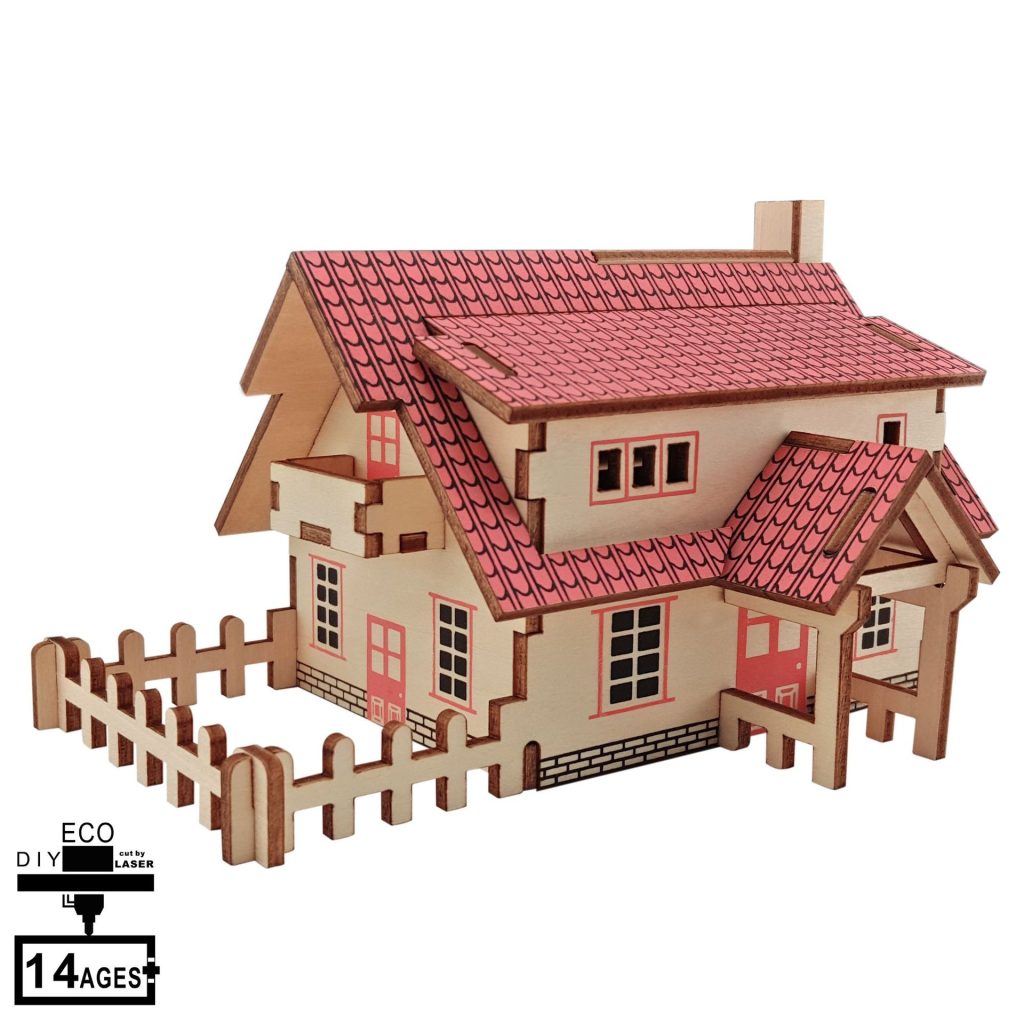Jigsaw puzzles can be made from a variety of materials, depending on the desired level of quality and complexity. Here are some common materials used in jigsaw puzzles:
- Cardboard: Cardboard is the most common material used in jigsaw puzzles due to its affordability and durability.
- Wood: Wooden jigsaw puzzles are often more intricate and challenging than cardboard puzzles, and are valued for their durability and aesthetic appeal.
- Plastic: Plastic puzzles are often used for 3D puzzles or puzzles designed for young children.
- Foam: Foam puzzles are lightweight and durable, making them a popular choice for children’s puzzles.
- Magnetic: Magnetic puzzles are often used for travel or as a desk toy, as the pieces can stick to a magnetic board or surface.
- Metal: Metal puzzles are often used for 3D puzzles or puzzles with a mechanical or engineering focus.
- Paper: Paper puzzles are typically low-quality and used for disposable or one-time use puzzles.
- Fabric: Fabric puzzles are often used for tactile puzzles designed for young children or individuals with visual impairments.



